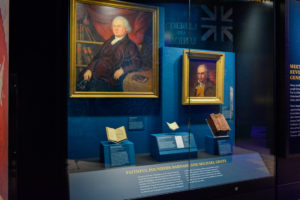
About two-and-a-half-million people lived in the 13 colonies during the late Colonial era, around the time of the American Revolution. Somewhere between 2,000 and 3,000 of them were Jewish, according to historians.
But the Colonial Jews made a big impact, said Mark Turdo, the curator of collections at the Museum of the American Revolution.
They built businesses, supported the revolution and petitioned state governments to allow Jews to hold office. Now, starting at the end of 2021 and continuing through November 2022, that impact will be magnified in an exhibit at the museum.
When residents and visitors tour the Independence National Historical Park site, they will see its usual displays about the revolution. But at the end of the tour, they also will see a new exhibit about Colonial-era Jews.
“We want everyone in America to come here and see a piece of themselves in the Revolution,” Turdo said. “It really does belong to everyone.”
Brothers Barnard and Michael Gratz, whose descendants went on to found Gratz College in Philadelphia, are at the center of the exhibit. The Philadelphia siblings were merchants with dealings all over the Atlantic world in everything from deer skins to candles, according to Turdo.
They also brought the Jewish community in the region closer together, a museum news release said. The brothers built Mikveh Israel, which still stands, and connected with Joseph Simon in Lancaster, who possessed one of the first Torah sets in North America. Michael Gratz went on to marry Simon’s daughter, Miriam.
In the 1760s, the brothers “publicly protested British taxation” and signed the Non-Importation Agreement that prevented commerce with Britain, the release said. During the Revolutionary War, they used their businesses to supply the Continental Army with materials.
Later, they successfully petitioned Pennsylvania to drop the requirement that General Assembly candidates be Christian.
The exhibit shows artifacts from these activities, including portraits of the brothers, Simon’s Torah ark and Michael Gratz’s business notebook.
“Very active, very engaged and, during the revolution, very patriotic,” said Turdo of the Colonial-era Jewish leaders. “It’s a very small number to be that engaged.”
The museum regularly assembles special exhibits like this, Turdo said.
Past displays have paid homage to the Davenport family and to the forgotten history of women voting in New Jersey elections between 1776 and 1807 — before they lost the right to vote.
“We can grow the understanding of, what does the Revolution mean, and whose revolution is it?” Turdo said.
The Jewish exhibit started with a loan of Barnard Gratz’s portrait from a private collector. After that, museum leaders worked to turn the single item into a full-fledged display.
Between the museum’s existing collection and additional loans, it secured more than 400 original items.
The Rosenbach, a Philadelphia museum that showcases rare books, manuscripts and art, donated the portrait of Michael Gratz and the state constitutions that Barnard Gratz reviewed as he lobbied Pennsylvania to allow Jewish representation. Mikveh Israel gave the Torah ark from Joseph Simon.
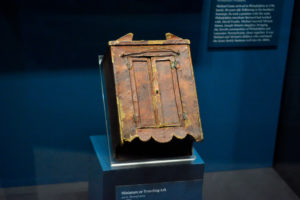
“It’s important for the world to know that even before the American Revolution, there was a Jewish presence,” Mikveh Israel Rabbi Albert Gabbai said. “And that the Jewish presence contributed very much.”
As Gabbai explained, there’s a perception that Jews came to America between the 1880s and 1920s. Millions of Jews immigrated to the U.S. during that period. But that doesn’t mean that Jewish history in the U.S. started in the 19th century.
Mikveh Israel’s community formed in Philadelphia 36 years before the revolution, Gabbai said. The first synagogue building in the American colonies opened in 1763 in Rhode Island. And, as the exhibit shows, Jews played a role in the revolution and in the formation of the United States.
“The Jews in America are proud that we have a direct participation in the founding of the United States,” Gabbai said.
Gabbai even argued that Jewish leaders played an important role in the discourse around the framing of the Constitution. He said that the Fifth Amendment in particular — when it states that no person can act as a witness against himself in a criminal case — contains a bit of wisdom that is also in the Talmud.
“Many Jews who were here were talking to the adopters of the Constitution,” he said. “So no doubt Jewish ideas were present.”
[email protected]; 215-832-0740



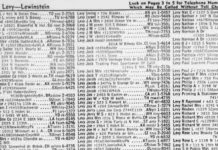
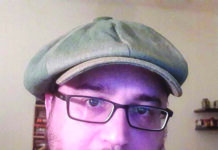
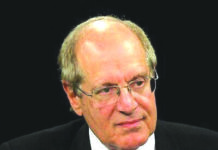

Hayam Salomon,who was a Polish,Jewish immigrant to Philadelphia,funded a large part of The American Revolutionary War. His loan was never repaid to him or his wife.He was a member of Congregation Mikveh Israel.Mikveh Israel was founded in 1740.